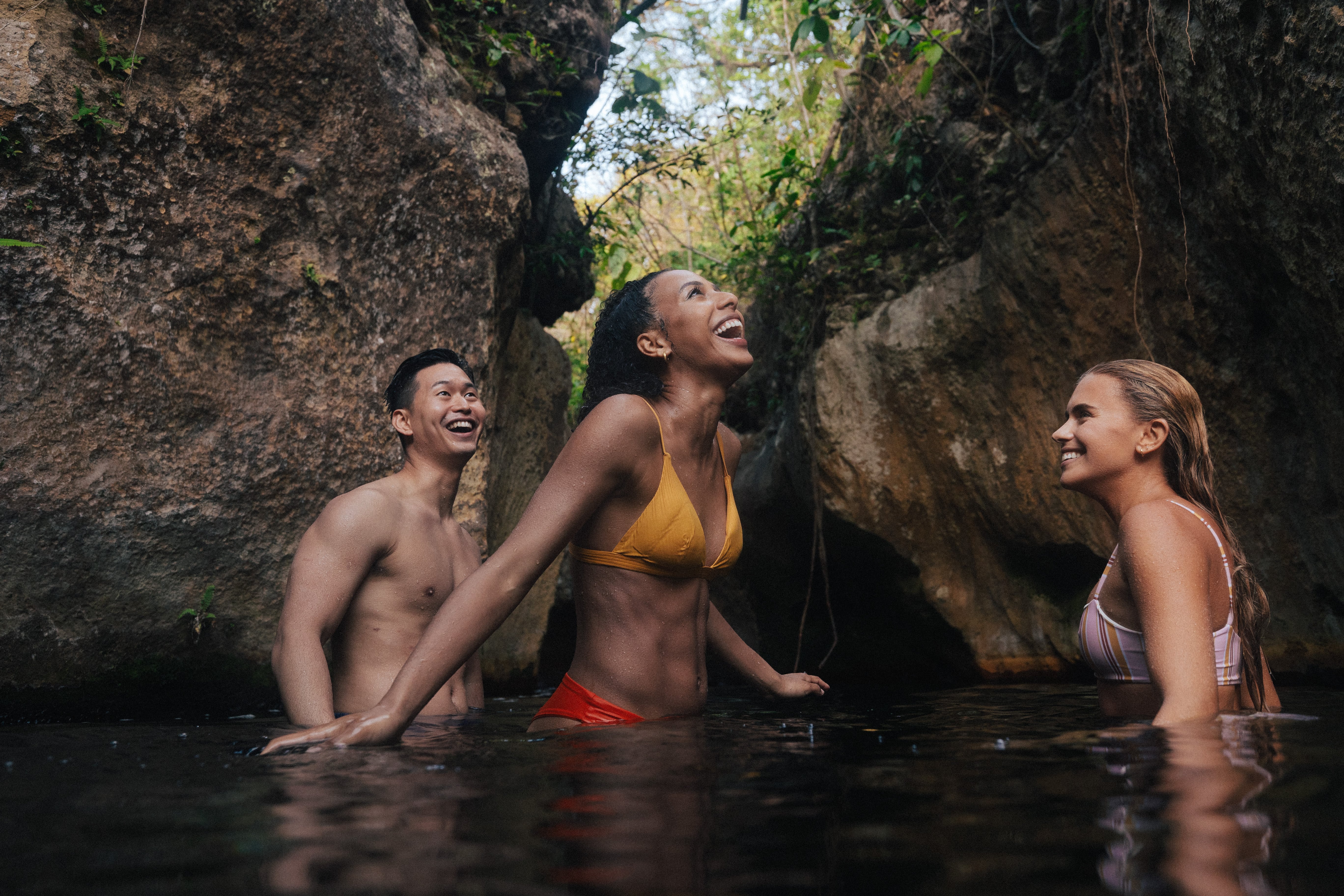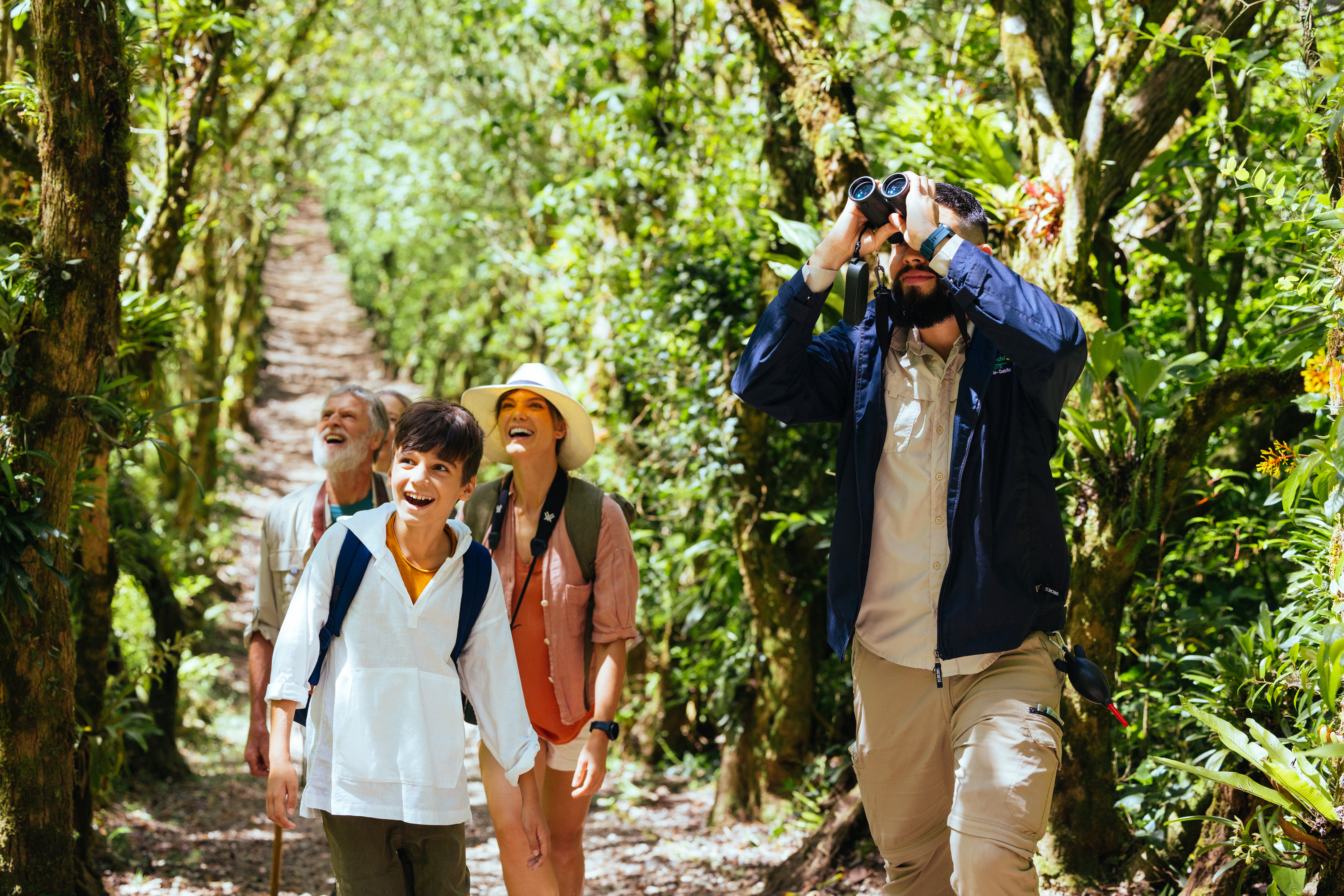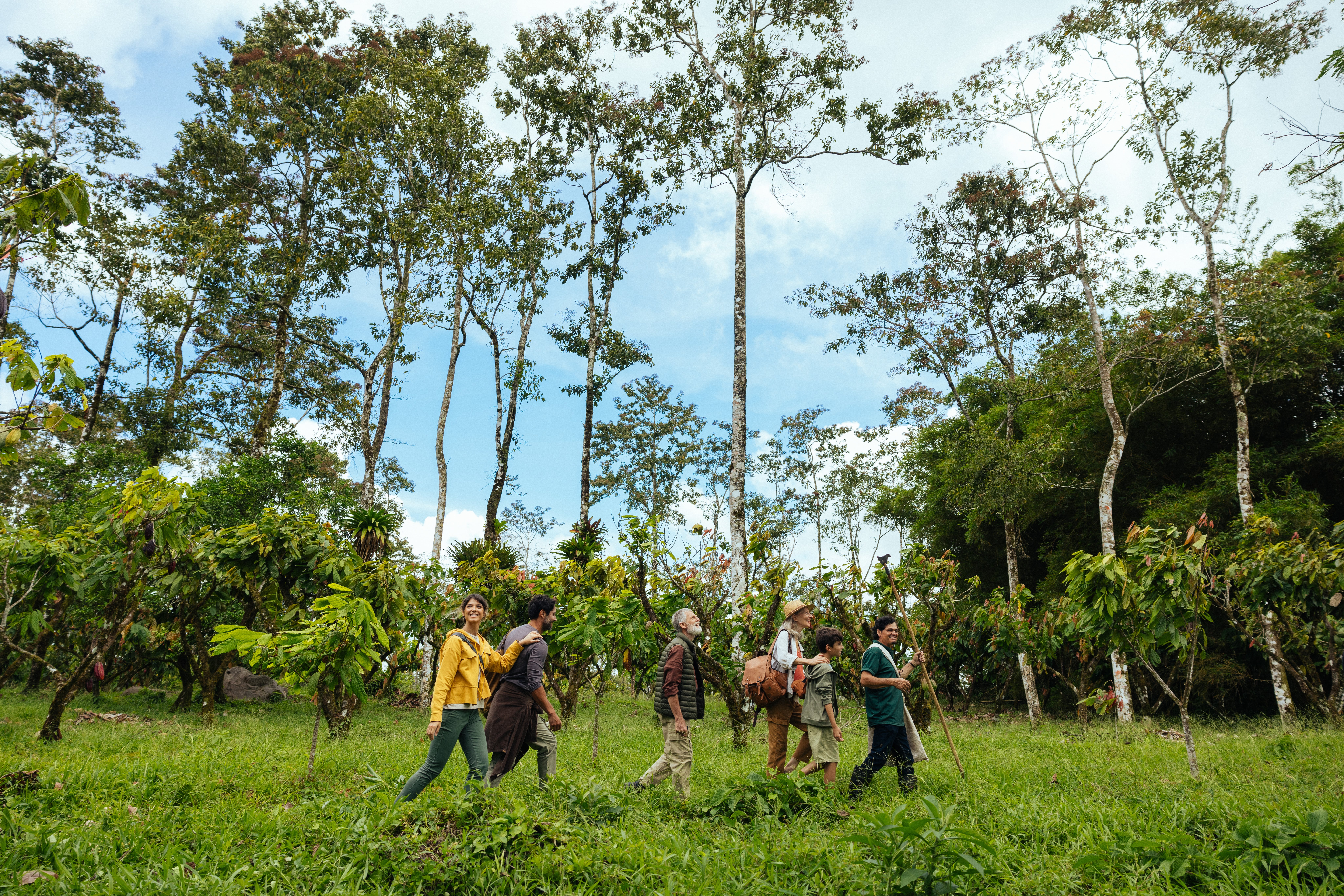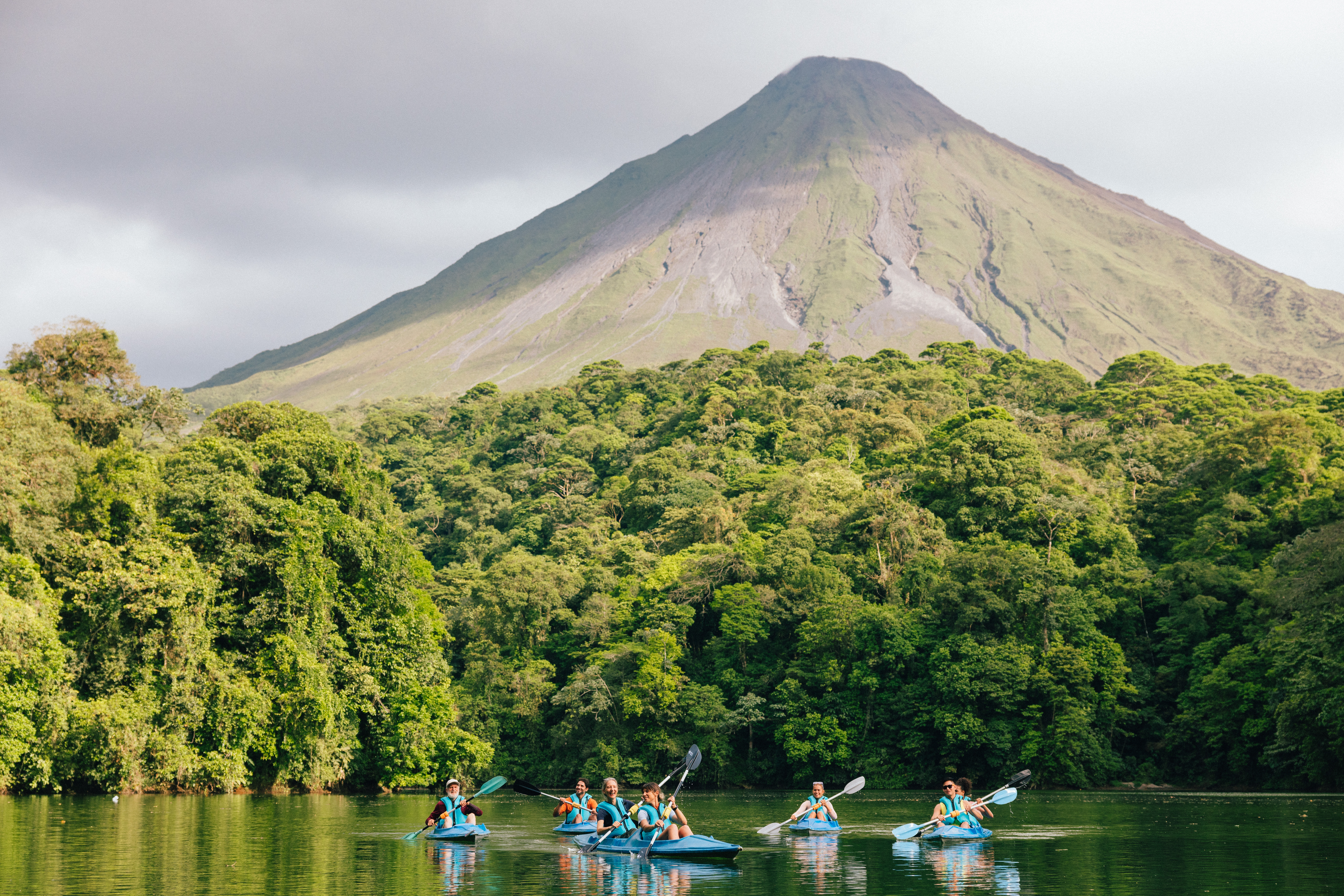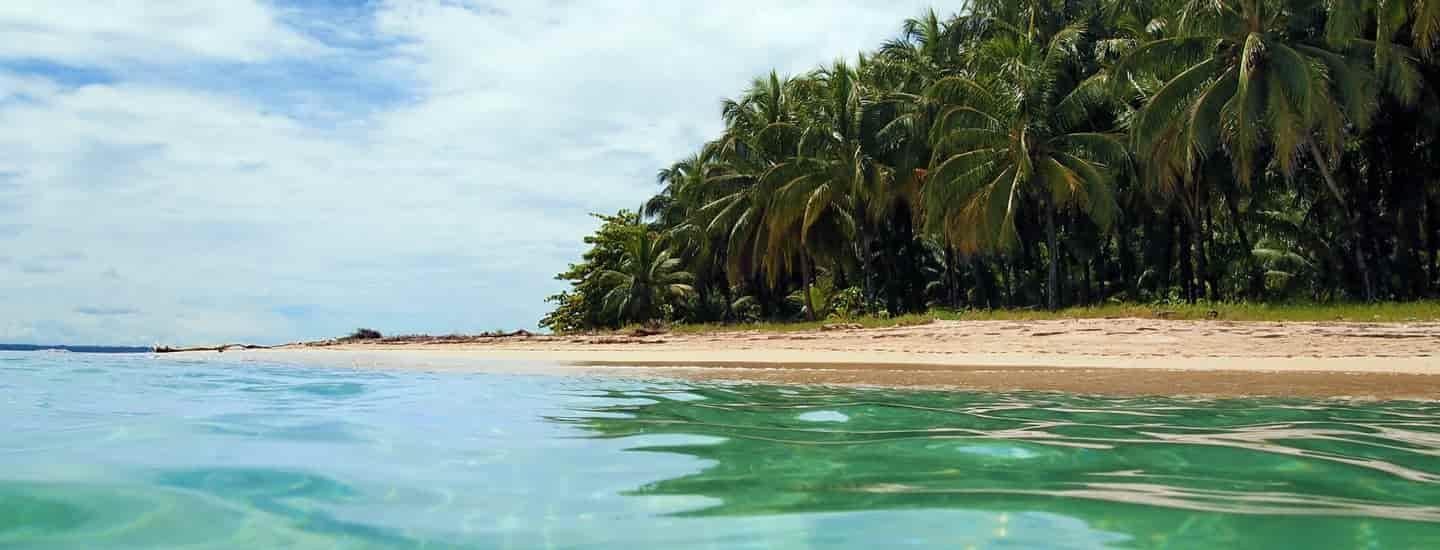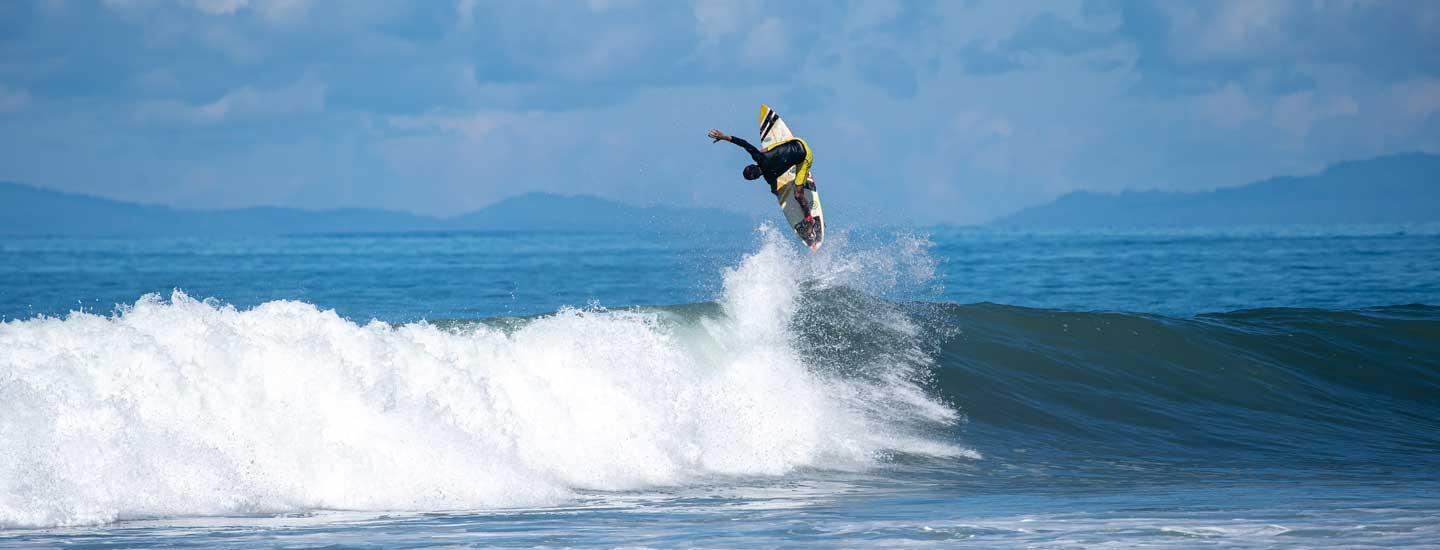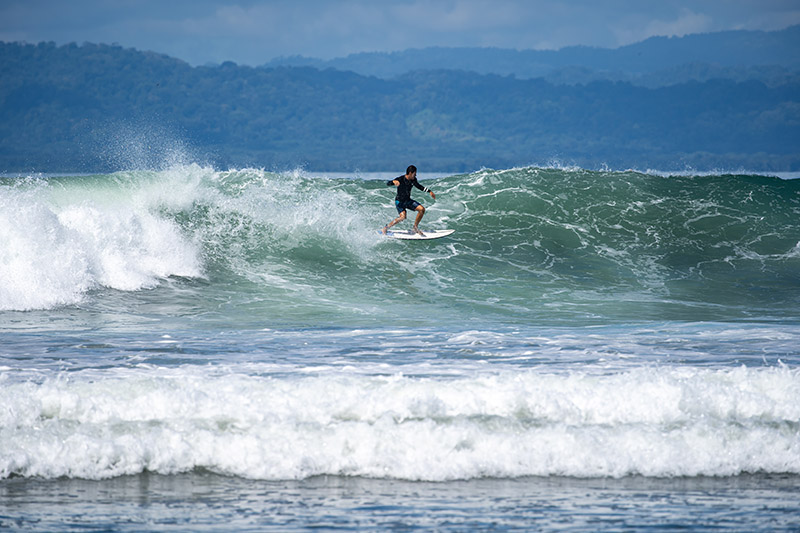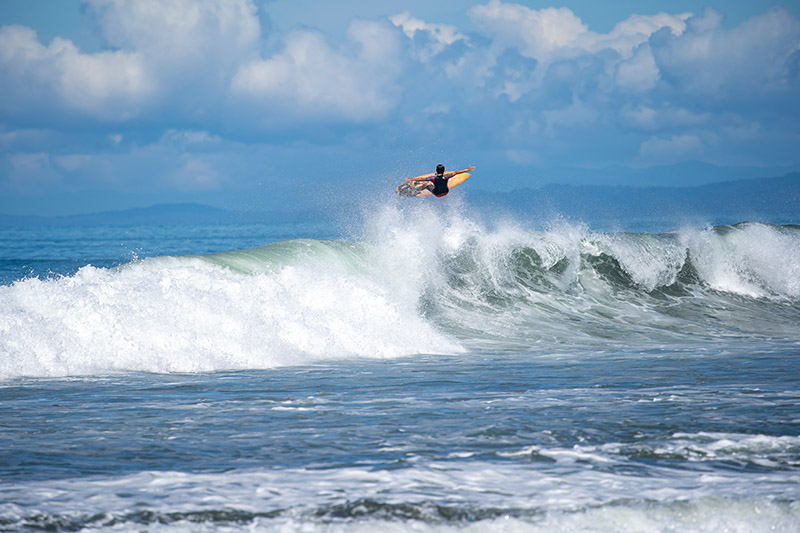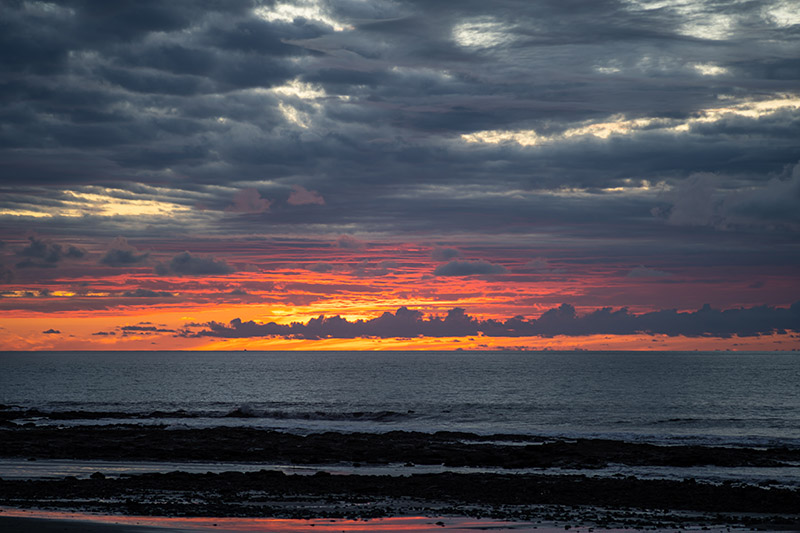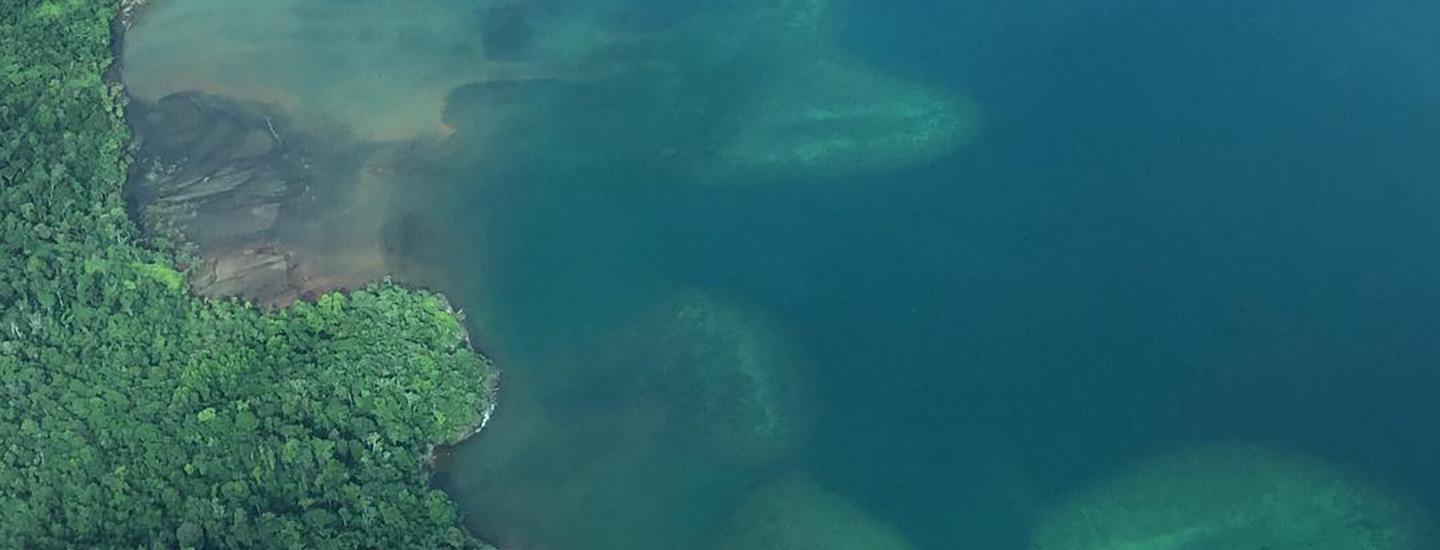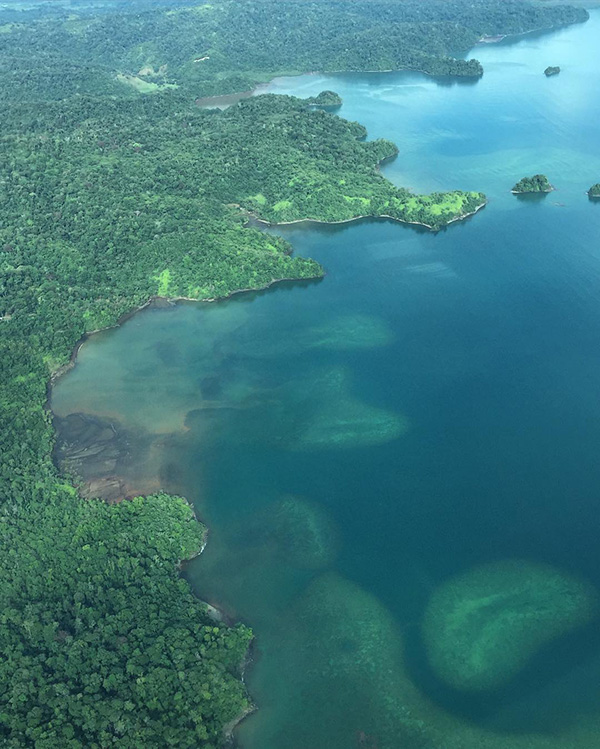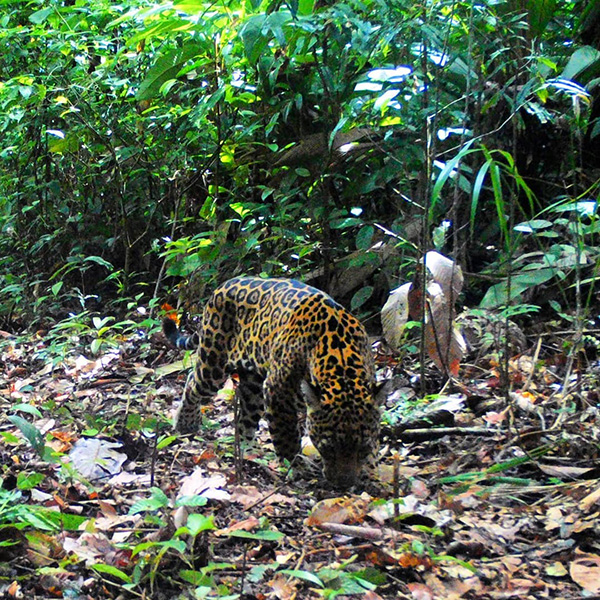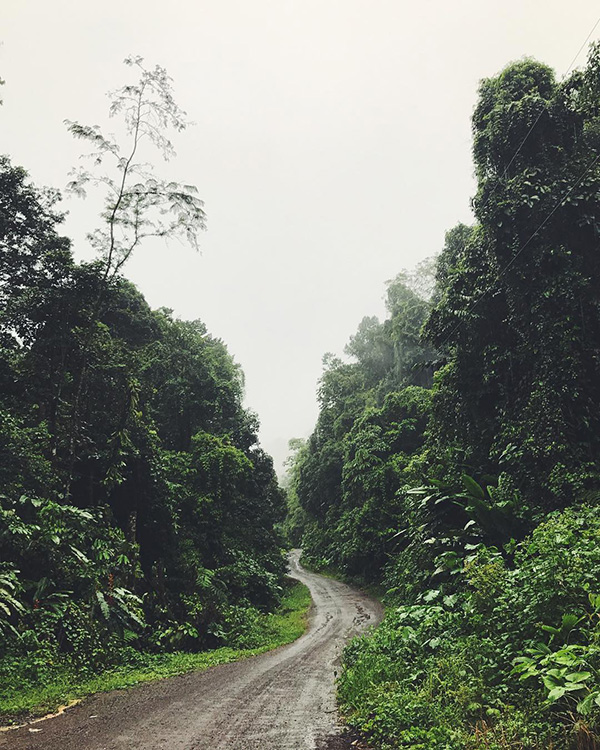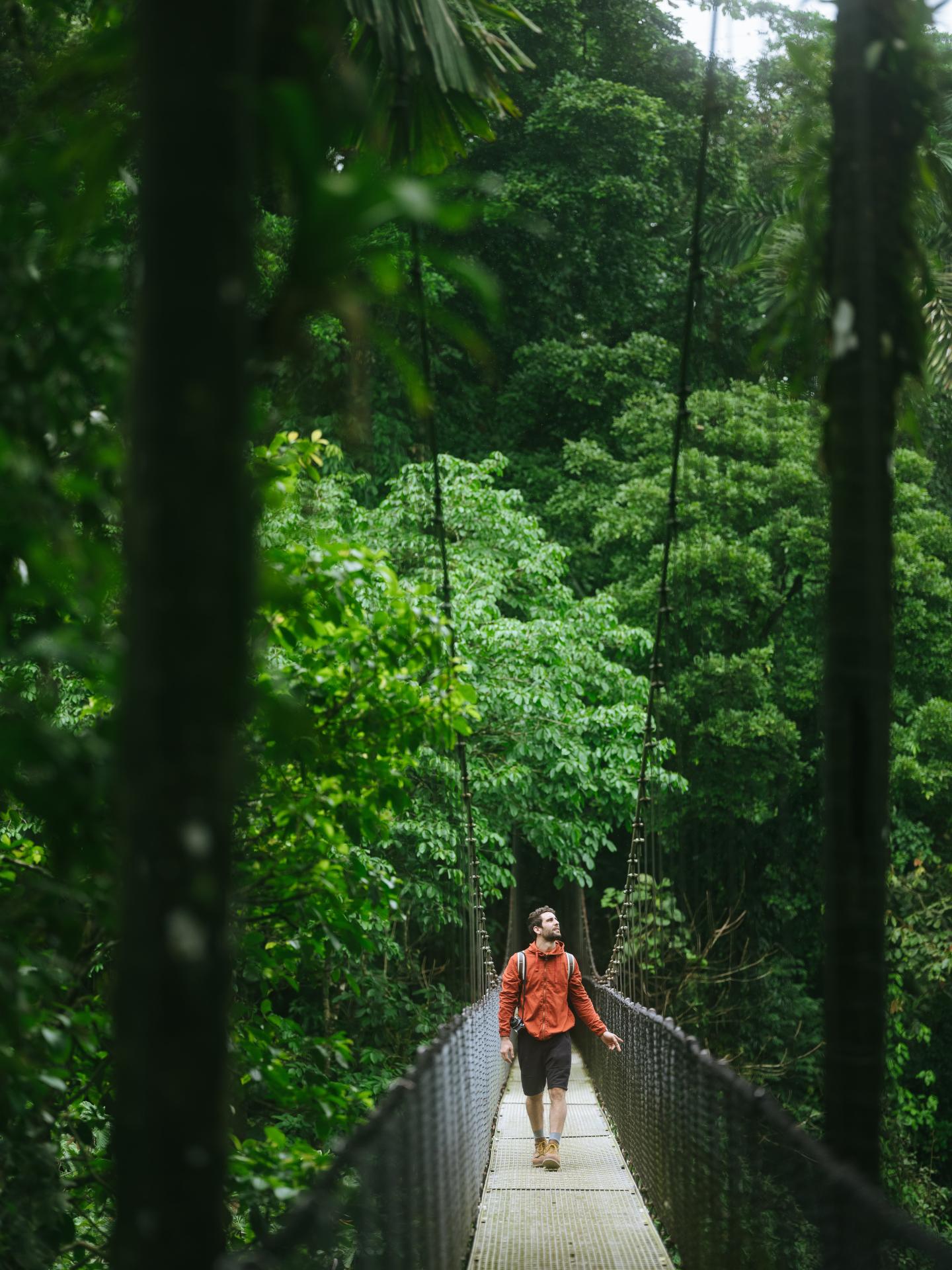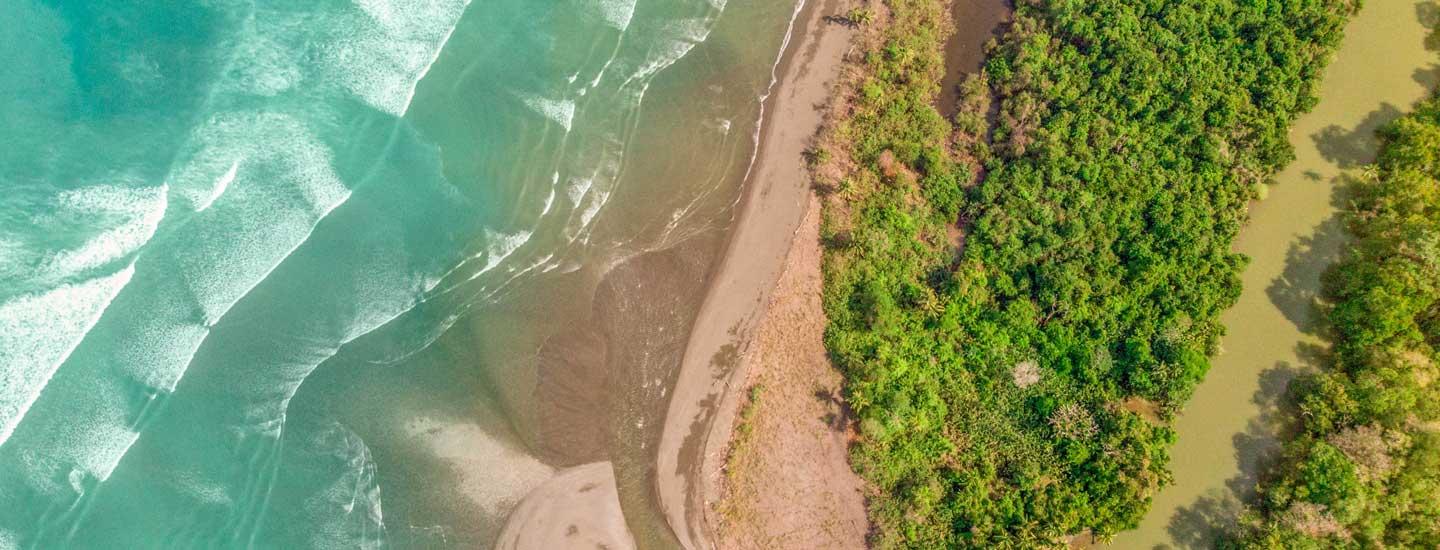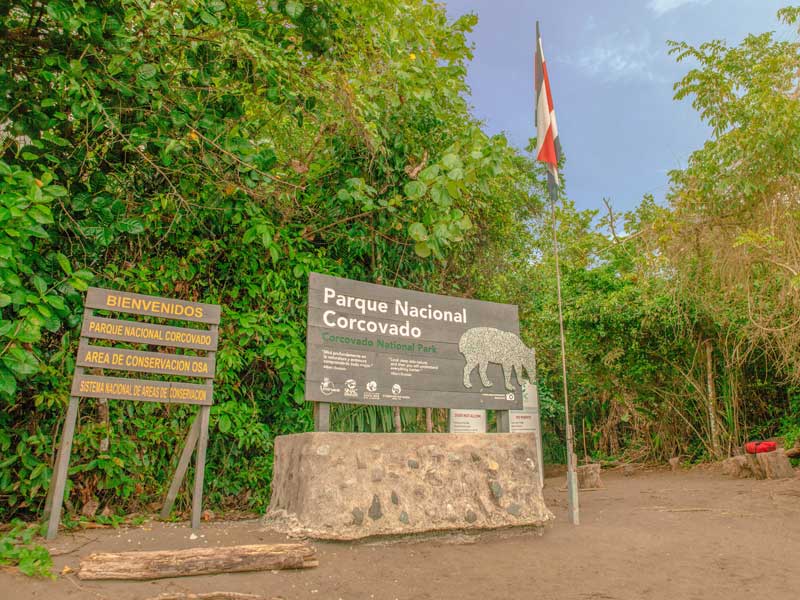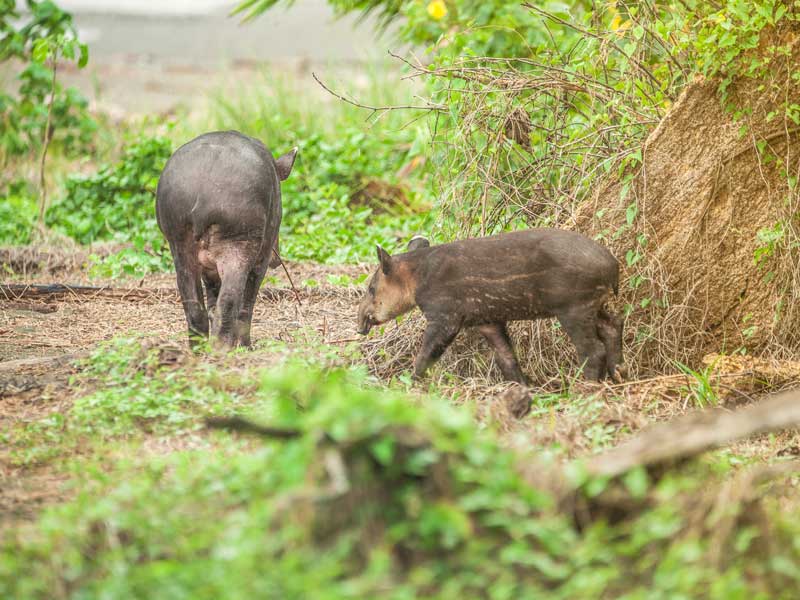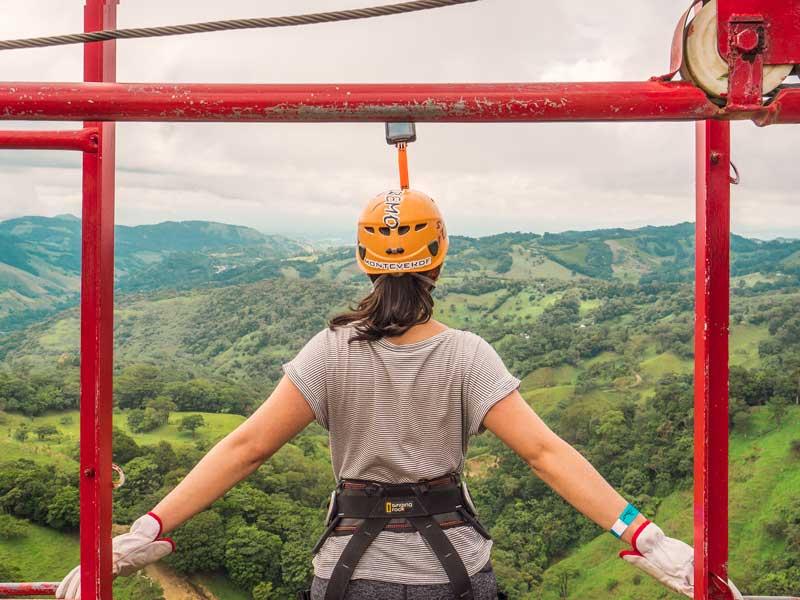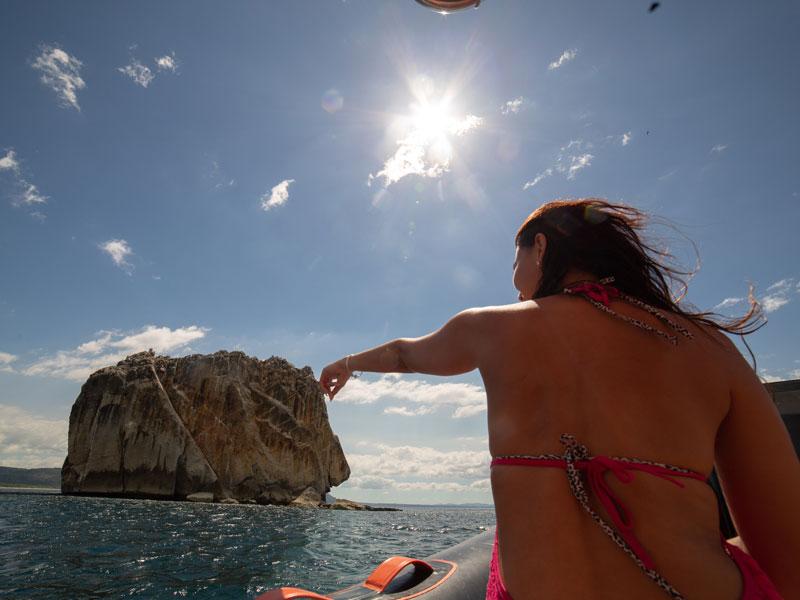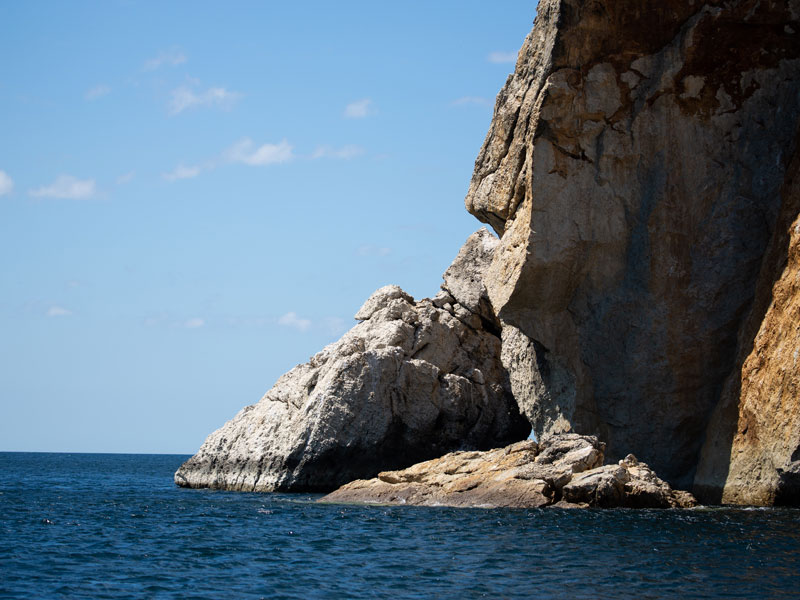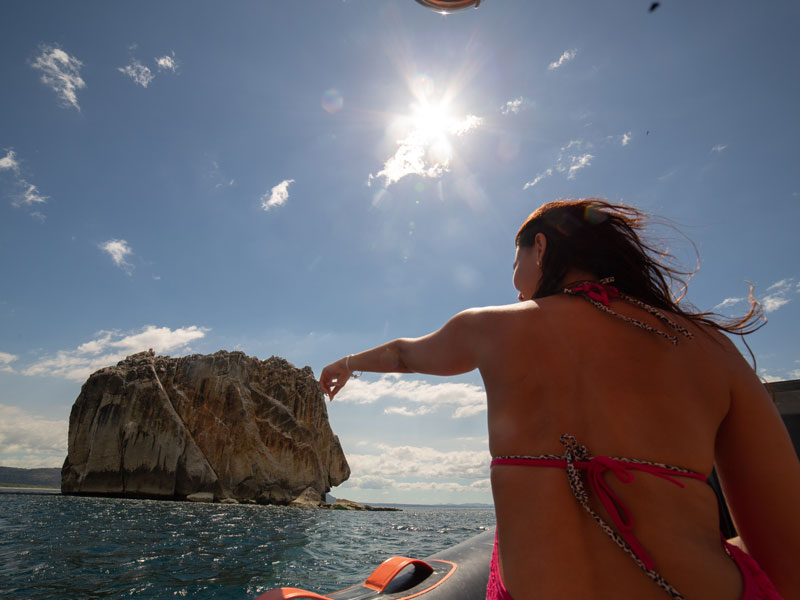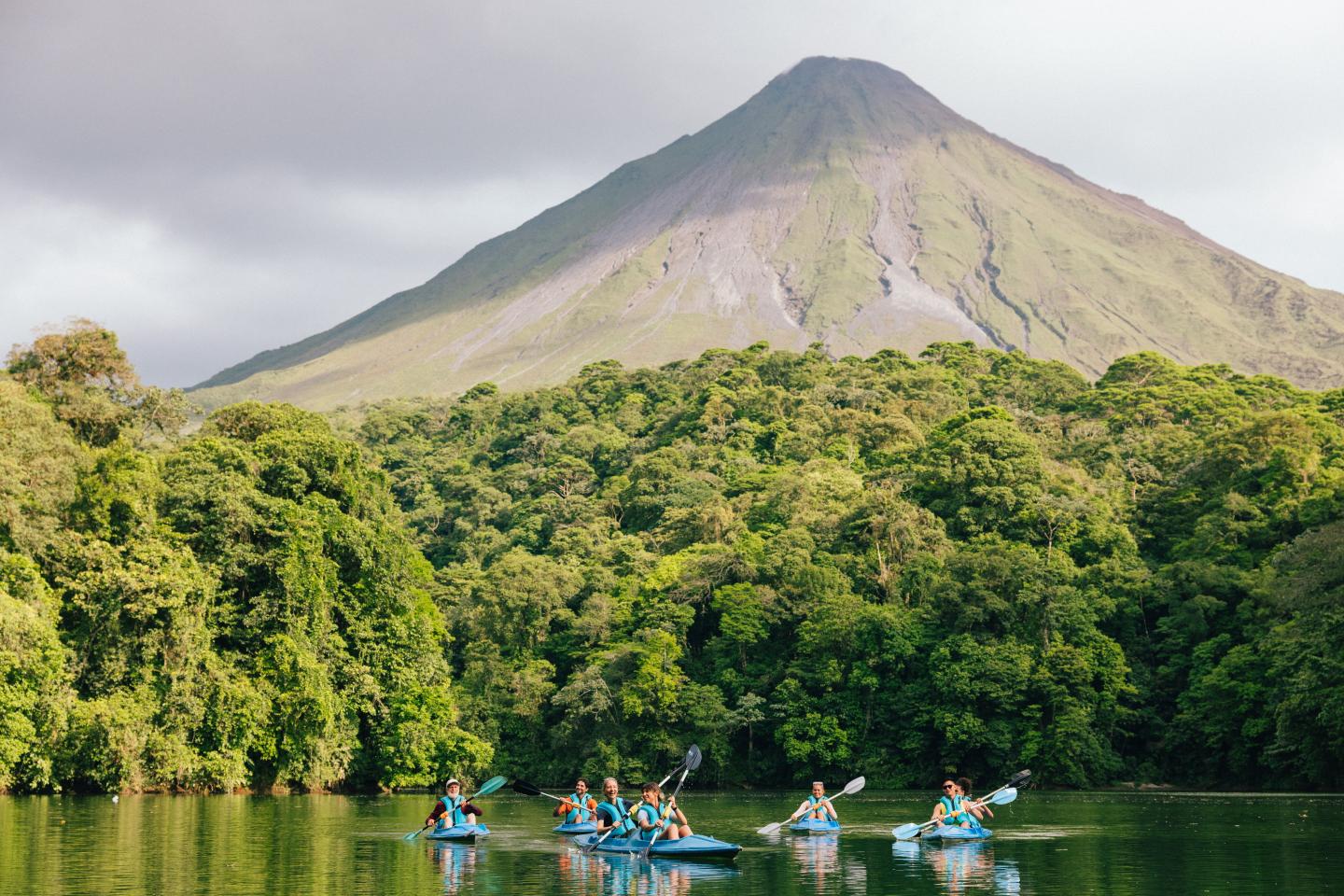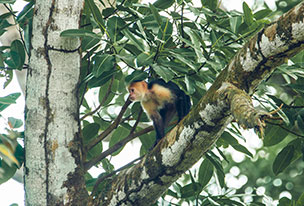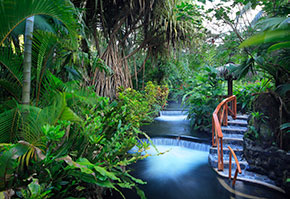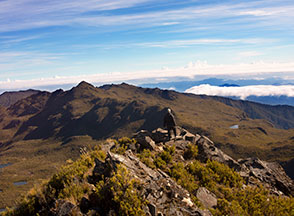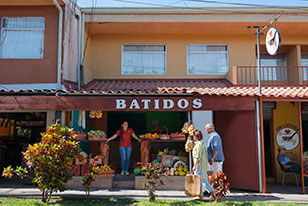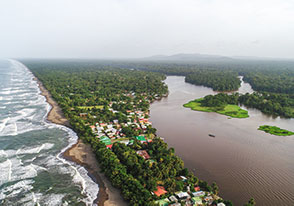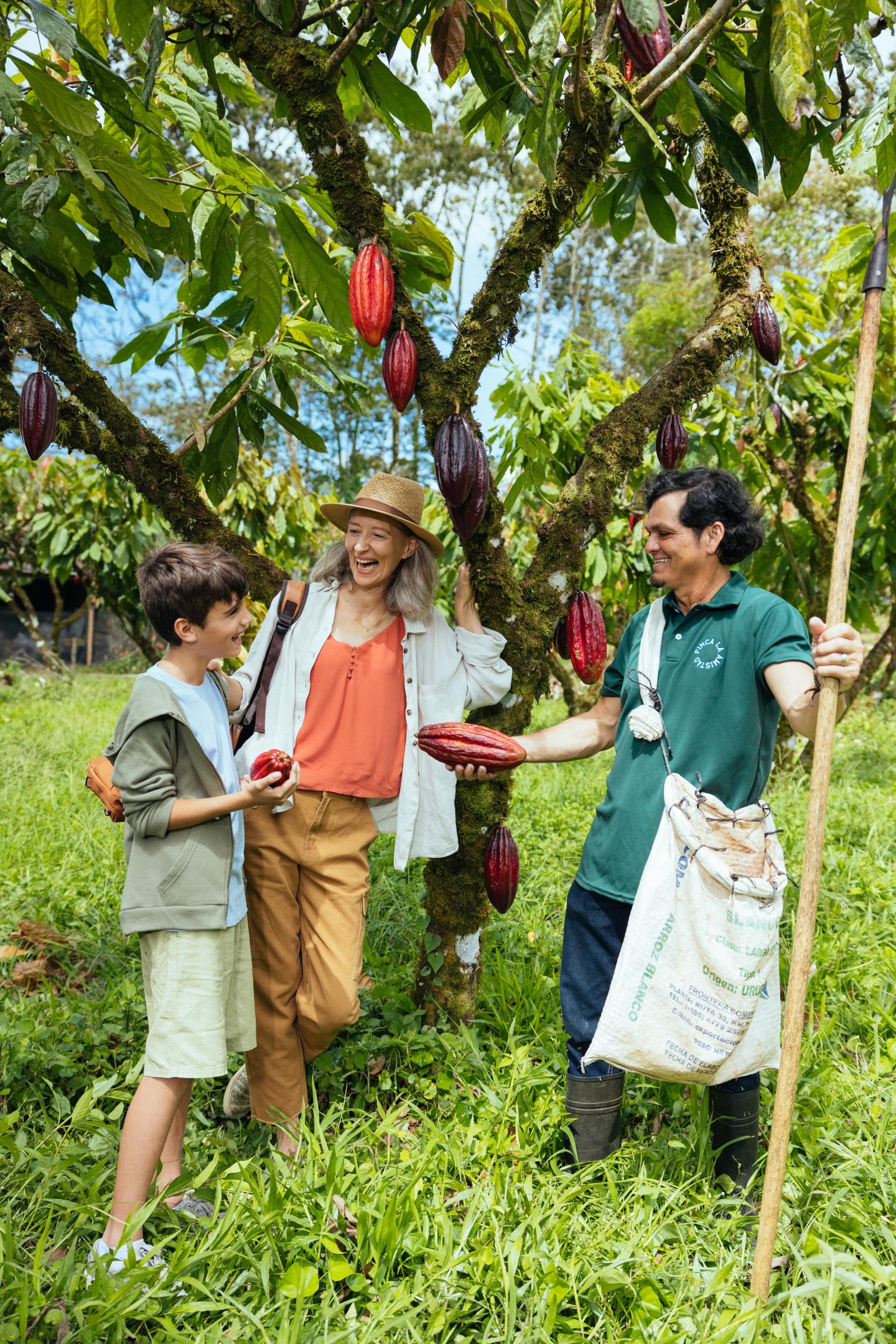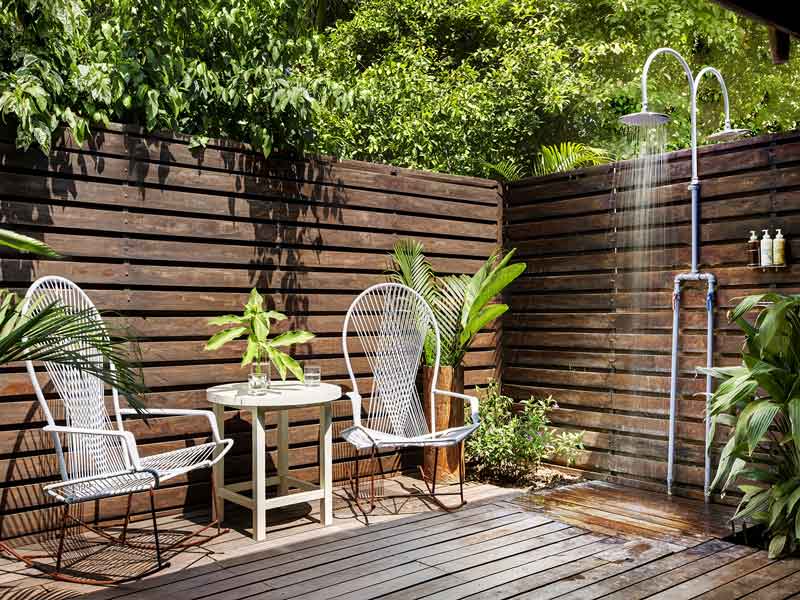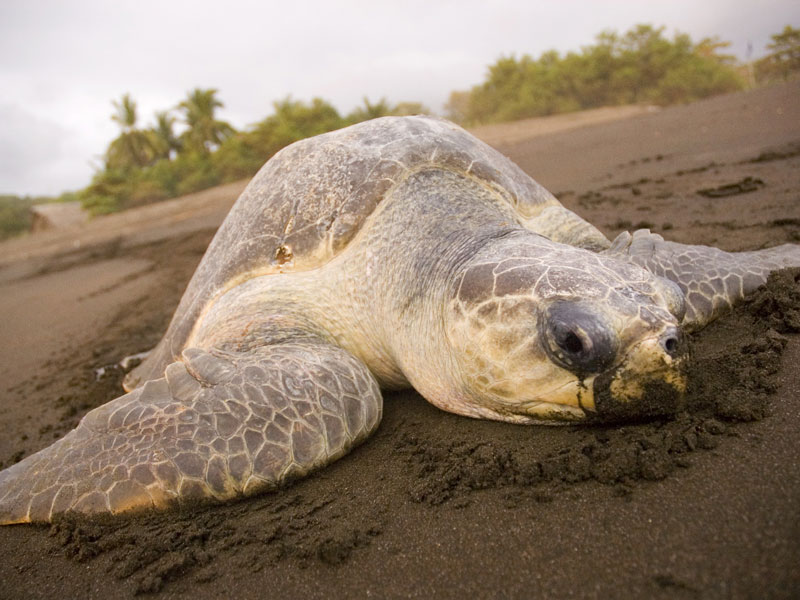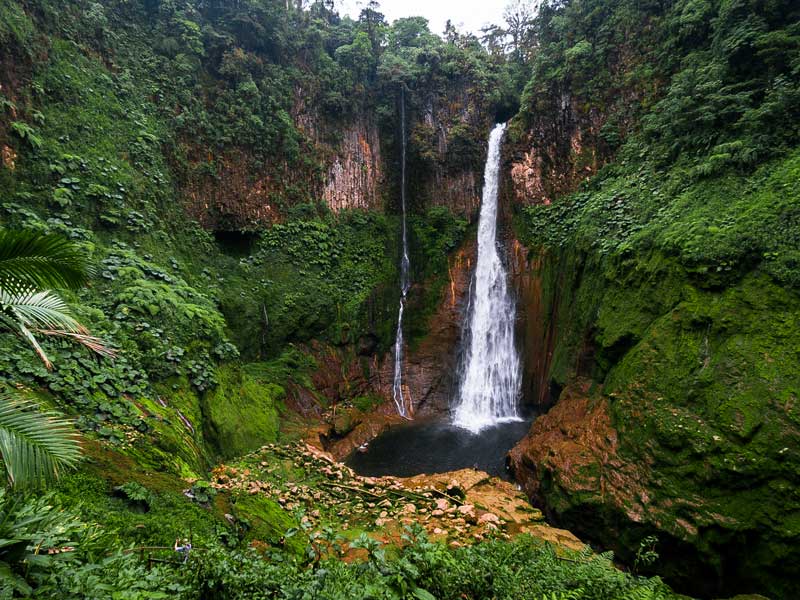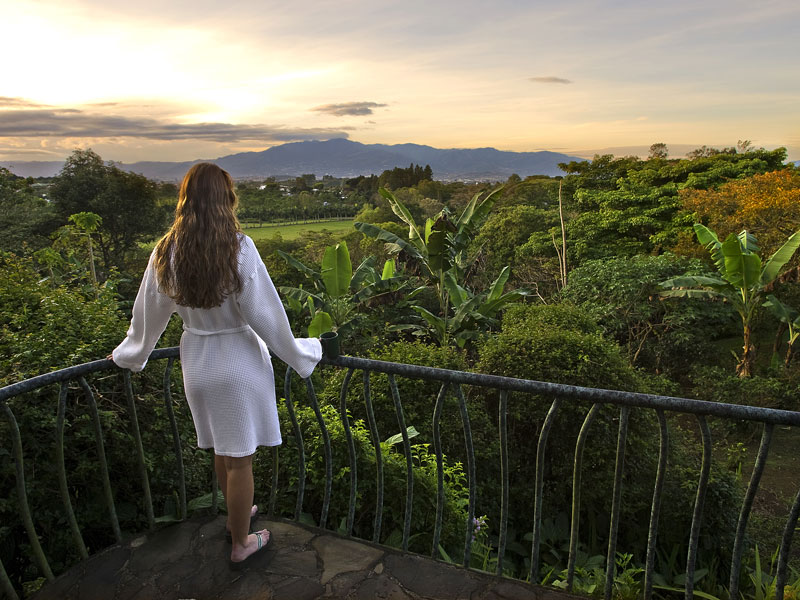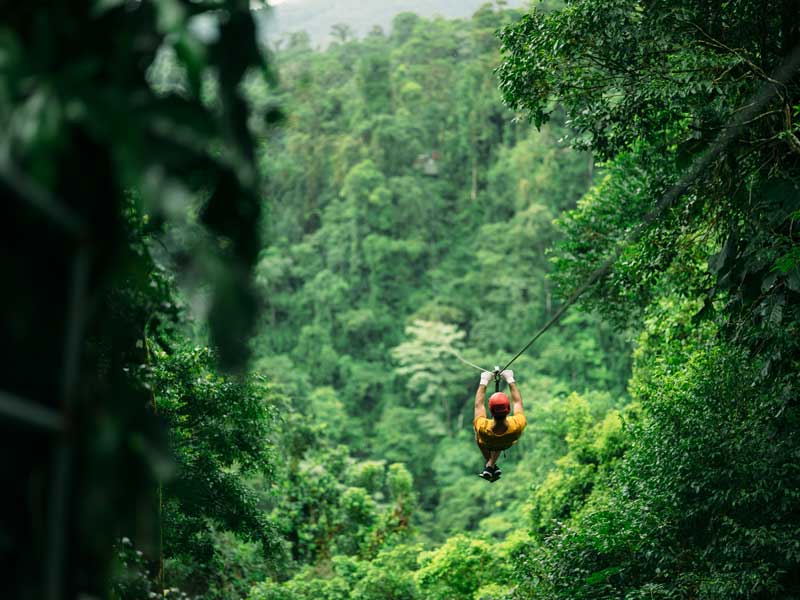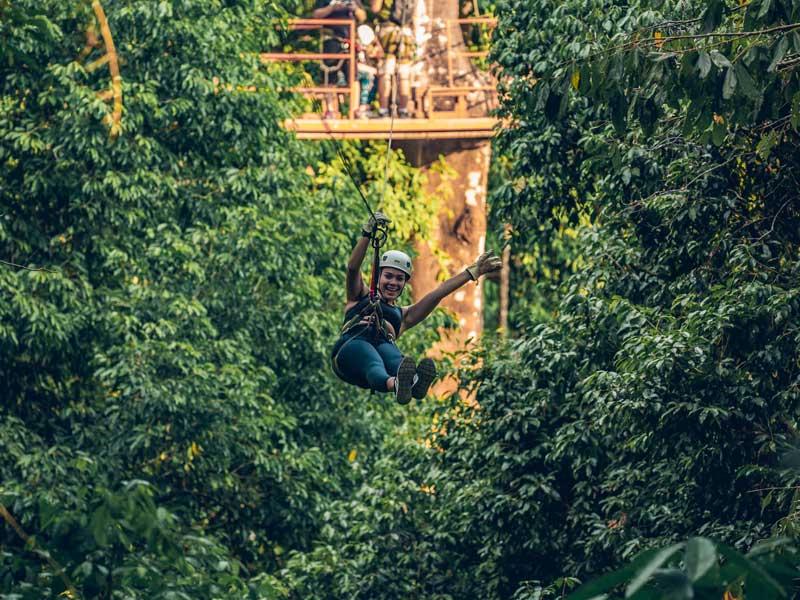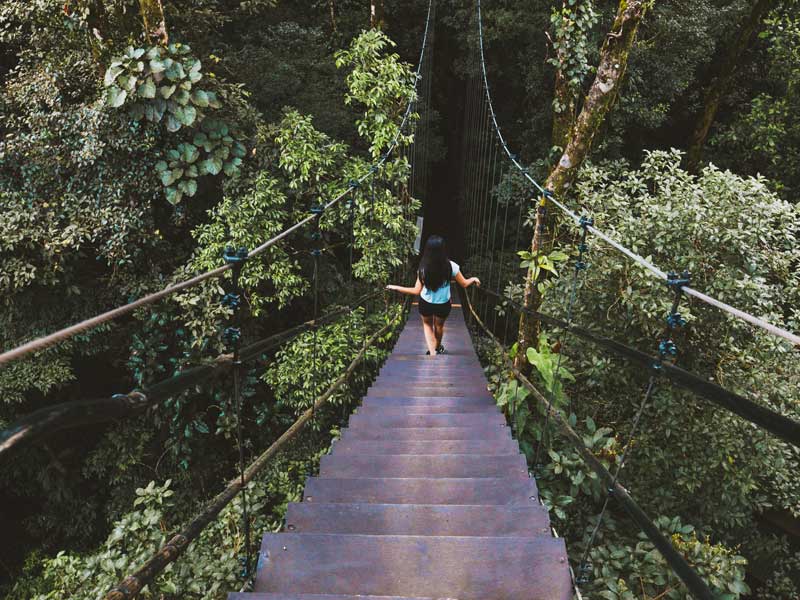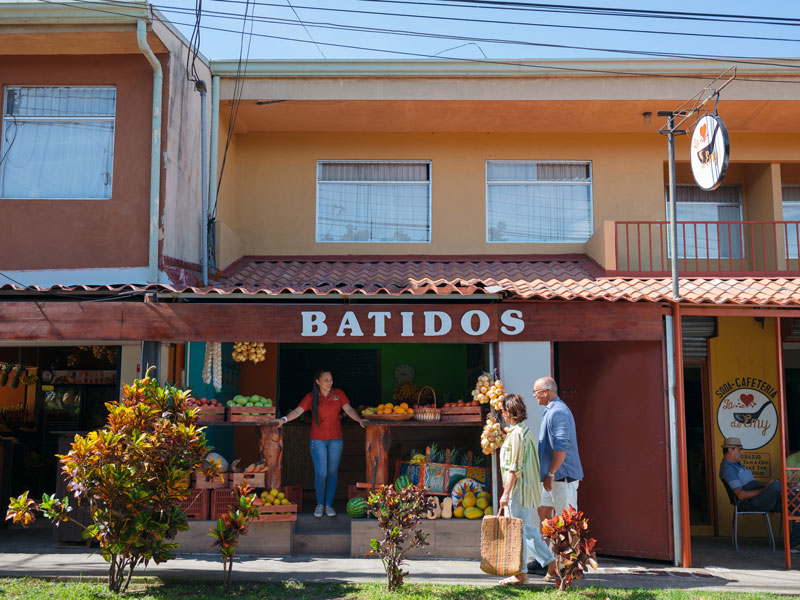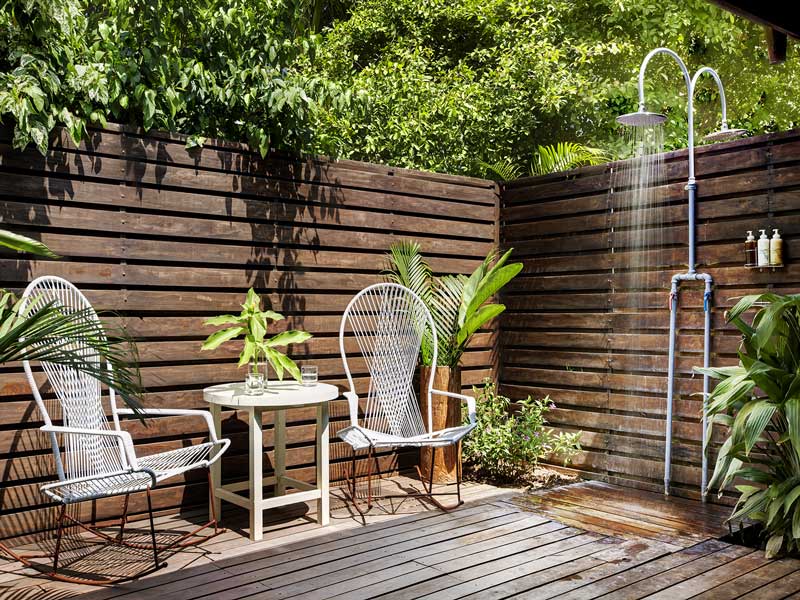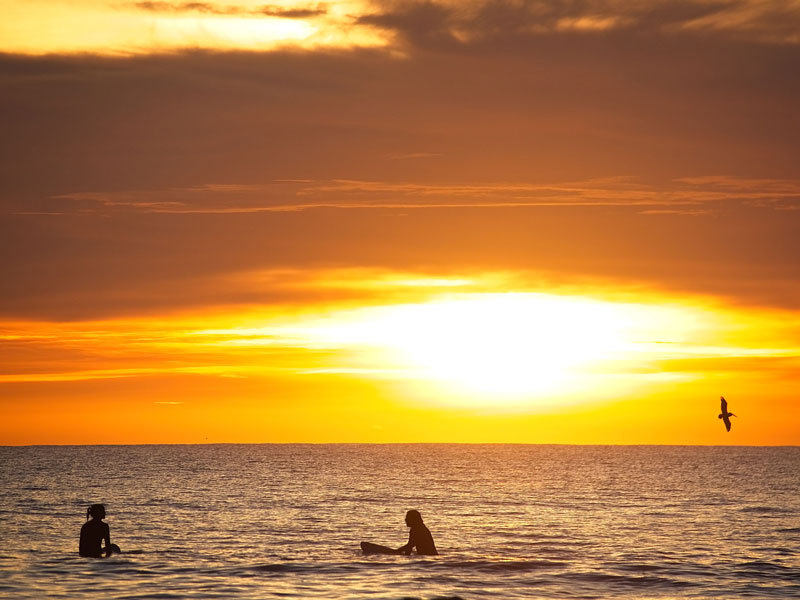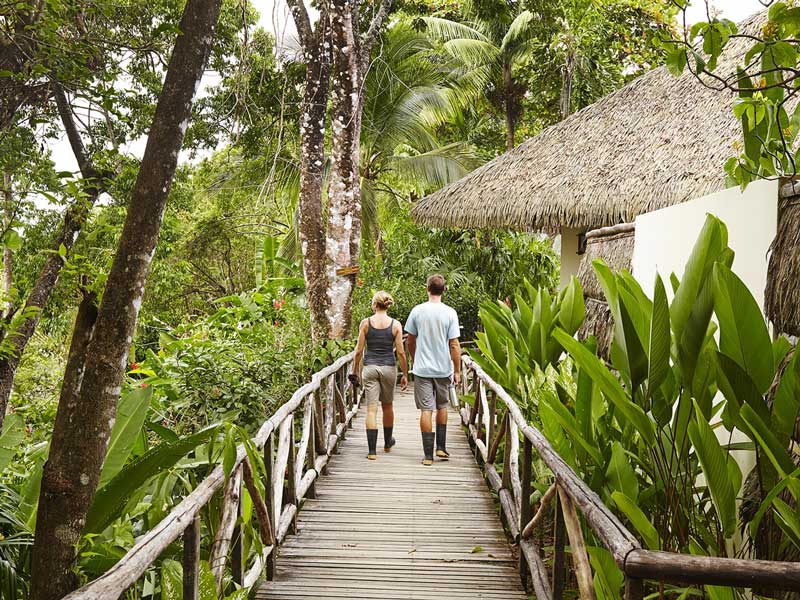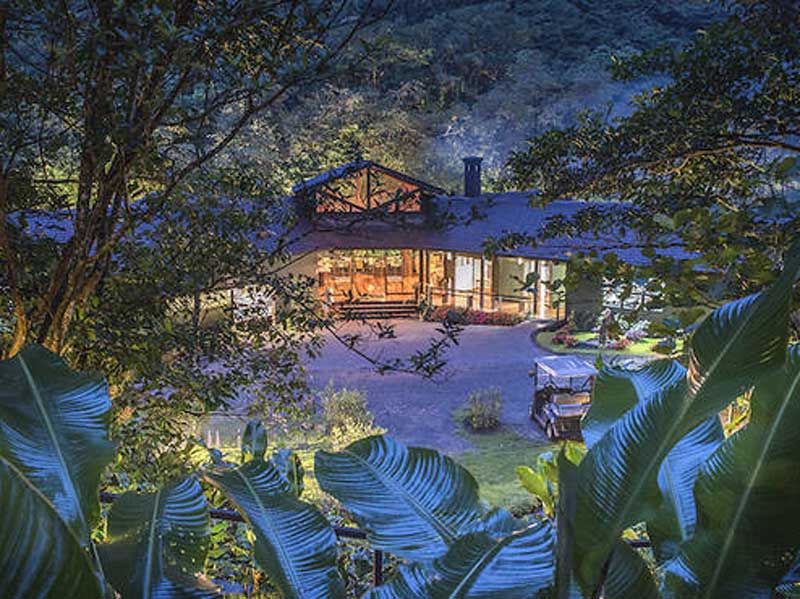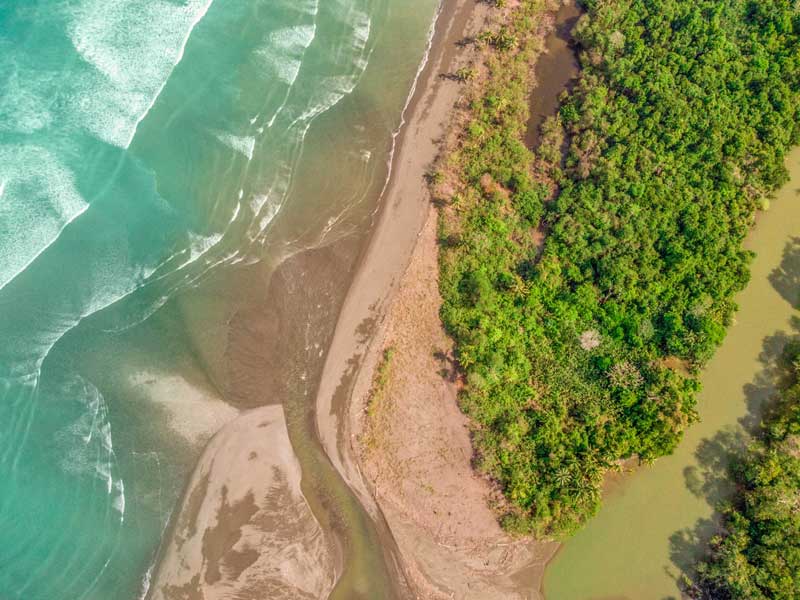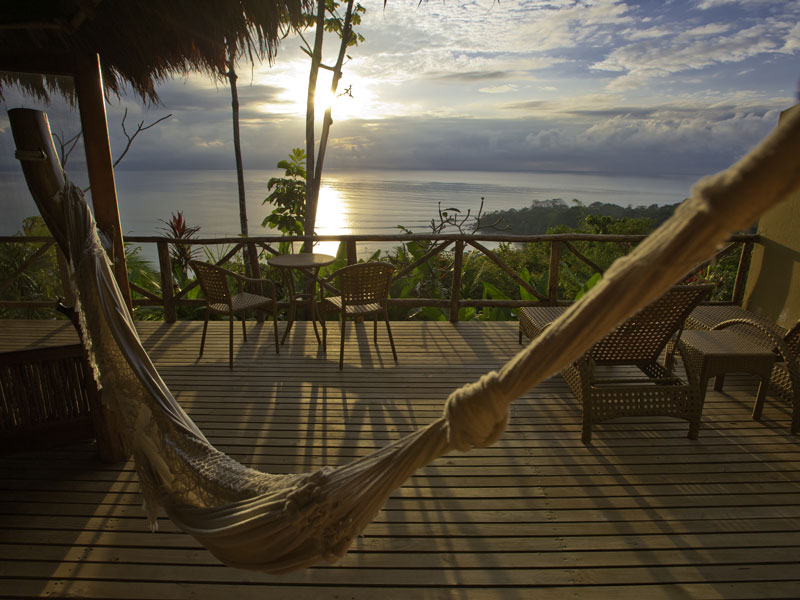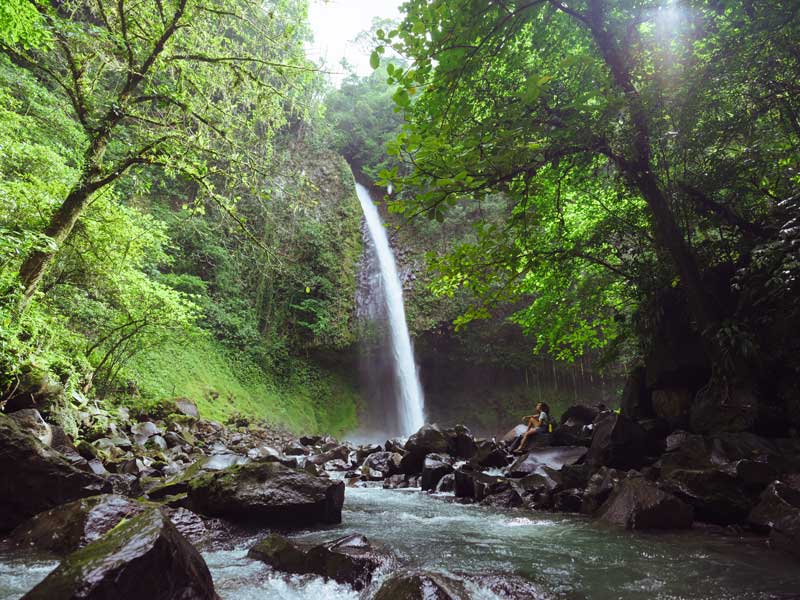Plants and animals everywhere
Costa Rica's territory is so small that it encompasses only 0.03 percent of the planet´s surface but is still within the top 20 richest countries in biodiversity on Earth in terms of species density. That means that it is possible to find more species in 1,000 km2 in Costa Rica as in the same area in huge countries like Brazil or Colombia.
Let's use Brazil as an example. Despite being 166.6 times bigger than Costa Rica, Brazil averages 6.5 plant species, 0.2 bird species and 0.05 mammal species per 1,000 km2. Meanwhile, Costa Rica averages 234.8 plant species, 16.9 bird species and 4.6 mammal species in that same 1,000 km2.
In fact, with only 51,100 km2 of total territory, Costa Rica has nearly half a million species, representing 6% of the planet´s biodiversity. We hope all the world is ready to discover it.
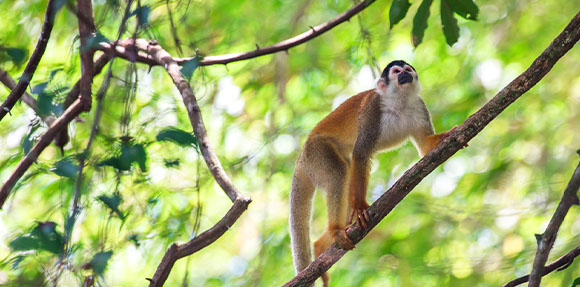
Biggest oxcart and yoke in the world
The oxcart is the national symbol of the traditional Costa Rican transport device and it is also considered a genuine expression of popular art. The same applies to the wooden apparatus which fits over the necks of two oxen and allows the beasts to be “yoke” harnessed together in order to pull a single cart. And so important are both that in the country it is possible to find the world´s largest oxcart and yoke, created by notable Costa Rican artisans and painters.
This oxcart, designed in 2006, is found in Sarchi, and is four meters in height and six in length and stands out not only for its monumental size, but also for the vivid colors with which is decorated. In the old days, oxcarts were the primary means of getting coffee beans, as well as other products, to markets and processing facilities.
The yoke, on the other hand, measures two meters in height and four meters in length, and was created in 2007 using hundreds of gallons of paint to decorate it. Sarchi is a community recognized as the birthplace of Costa Rican arts and crafts and is a must-see destination for any visitor who wishes to appreciate traditional artistry.

Costa Rica's little Amazonas
There is a place in Costa Rica where the exuberance of natural wildlife and visitors become one and where the water is a giant mirror reflecting the lush foliage all around. Surrounded by a system of natural canals and lagoons running from southeast to northeast, Tortuguero National Park, located in the Northern Caribbean side, is without any doubt our little Amazonas. It is also one of the most important places in the world for the protection of the green turtle and home of other species such as the manatee, the American crocodile and the Gaspar fish, which is considered a living fossil.
Majestic birds such as the Great Blue Heron, the biggest heron in the country, and the Northern Jacana, famous in the animal world because the female protects the territory while the male nests the eggs, populate and thrive in this rich environment. The birds are so diverse that they account for approximately half of the species found in Costa Rica and surpass the number of species found in all Europe. Herbal swamps, marshlands and ‘flooded’ forests are part of this array of diverse habitats.
But Tortuguero is not only about nature. Being on the Caribbean side, it is one of the larger regions of Afro-Caribbean culture in the country. The majority of its population has Jamaican origins and keeps their food, dances and traditions. Their dishes are mostly spicy and many include coconut, giving Tortuguero a well-founded reputation to experience nature and culture.
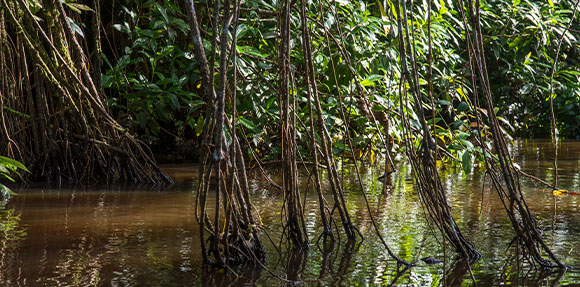
Costa Rica's marvels of fire
As part of the Pacific Ring of Fire, Costa Rica´s volcanoes are among the most mesmerizing in the world. In fact, the present-day landmass known as Costa Rica is the result of complex volcanic activity that took place some 75 million years ago and still continues today.
Counting every location or crater where an eruption has occurred within its borders, Costa Rica volcanoes boast a stunning 112 sites throughout the country. Most Costa Rica volcanoes and their surrounding areas have been made into national parks.
One of the most popular is the Arenal Volcano, which last erupted in 1968. Until then, it was assumed that the volcano was just another peak of the mountain range. The mountain and surrounding area were declared a national park in 1994. Thermal hot springs are now the area’s main attraction, most of which boast nearby trails and numerous lookout points.
Currently, Arenal Volcano only releases gases in crater C and has fumarole activity in crater D. Seismic monitoring of the volcano indicates that volcanic activity remains low and external manifestations have been reduced to a minimum. In 2010, after 42 years of uninterrupted volcanic activity, the volcano entered a resting phase, ceasing explosive eruptions, pyroclastic flow and lava spilling. However, according to scientists, Arenal Volcano remains active.

An indigenous legacy that is still a mystery
Although the indigenous populations inhabiting Costa Rica before the Spanish arrival did not build architectural structures rivaling the Mayan pyramids of northern Central America, they did leave behind elaborately carved stone spheres whose meaning remains a mystery to this day.
There are 235 registered stone spheres in Costa Rica, all of them equal in perfection, measuring up to two meters and as small as 20 centimeters. They were created over a 1,000-year time period that began around the year 400 A.D. and lasted until the colonization of Costa Rica by the Spanish. The majority were found in the South Pacific and constituted such an important element to these societies that their production survived nearly a millennium.
The spheres were associated with pre-Columbian populations and regions where plazas, passing zones and open terrain were present. They constituted an art form that was meant to be seen, perhaps to differentiate the towns in which they were made from their neighbors. The spheres were often aligned with each other, forming lines, triangles or rectangles with an unknown meaning.
These indigenous groups also became recognized for their metal and ceramic work, and Costa Rica’s South Pacific was, in fact, the principal locale for pre-Columbian objects.

The biggest rainforest in Costa Rica
La Amistad International Park (PILA) is not only the largest natural park in Costa Rica with almost 200,000 hectares, but also the only bi-national park, created by the governments of Costa Rica and Panama in 1982. It could explain the name La Amistad, which means friendship in Spanish. The total extension of this amazing portion of protected land in both countries is nearly 400,000 hectares, which covers a great variety of humid, rain and cloud forests in the Pacific and Atlantic sides, as well as indigenous towns.
The Talamanca region, a big portion of the park, was a refuge in colonial times for indigenous people who resisted the Spanish colonization. The isolation of the region, thanks to the difficult geographical conditions, allowed its inhabitants to safeguard most of their traditional ways of life and attire.
The enormous cultural richness and extraordinary natural habitats, result of different altitudes, soil and microclimates, was the reason why the park was also designed a Biosphere Reserve and World Heritage Site.
Species in great danger of extinction such as the jaguar, the largest feline in the Americas and third largest world-wide, live in the park as well as a great variety of wildlife, which includes 400 species of birds, 263 species of amphibians and reptiles and 213 of mammals. Many other species are found only in this giant rainforest.
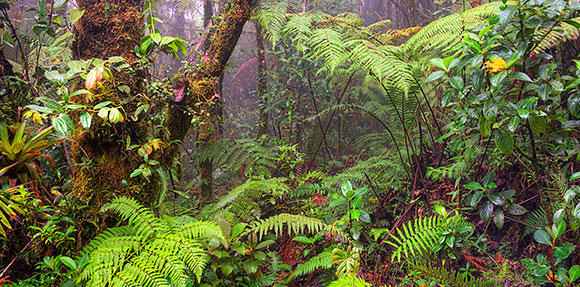
A paradise for divers
With a marine surface that is ten times bigger than the terrestrial and an immense biodiversity, Costa Rica is the perfect place for diving fanatics. The majority of these places belong to wildlife protected areas around the country, such as the famous Cocos Island National Park, which is also a World Heritage site. Costa Rica's Pacific coast is considered by Rodale's Scuba Magazine as one of the top five destinations in the world for advanced scuba diving.
Located 532 kilometers off the Pacific coast, Cocos Island was historically a
